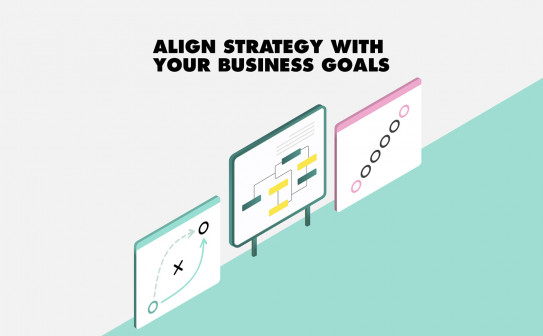
Understanding Composable Architecture
Faster, personalised and seamless customer experiences are driving the digital story today.
For online retailers, this means choosing the right digital solution to support your business needs and goals, has never been more crucial.
While some legacy platforms struggle to keep up with the speed and constant demands of the evolving digital landscape, many brands are turning to composable architecture – which offers the essential flexibility and agility expected.
But what exactly is a composable tech stack and how can it help a business keep up with these growing digital needs?
What is Composable Architecture?
Composable architecture allows digital businesses to build their solution using inter-changeable components, like building blocks.
In the same way music enthusiasts in the 80s and 90s would build their hi-fi using separate components - such as a turntable and tape deck from different brands - composable commerce allows digital brands to do the same.
This gives retailers the flexibility to use different best-of-breed technology solutions, while giving them the freedom to swap sections out and use them again, without having to spend the money and time needed in developing the whole platform and testing the whole site rigorously each time.

Composable or not Composable?
To find out more about composable commerce and the differences between an all-in-one solution compared to headless and composable architecture, read our white paper.
MACH architecture and composable commerce
Many businesses opting for a composable tech stack are adopting a MACH set-up – standing for Microservices, API-led, Cloud-based and Headless.

This building block system helps digital retailers build interchangeable, scalable systems that can be moulded to suit the individual needs of the business.
It is the system supported by the MACH alliance, a global not-for-profit group, whose aim is to educate brands looking to go composable, while supporting them on their journeys.
Mega brands such as The PUMA Group and Amazon – that have turned to composable architecture themselves - are part of the organisation, but are only one part of the MACH story.
To find out more about other brands that have adopted a composable tech stack, read our article, here.
For more on MACH architecture, look at our two-part series exploring how it might benefit your business. The first part is here and second part, here.
The top benefits of going composable
With a flexible, digital set-up so important to keep up with today’s market changes and customer expectations, a composable solution offers businesses many benefits over legacy systems.
These include:
-
Better flexibility
-
The agility to pivot strategy quickly
-
Scalability
-
Ability to evolve the customer experience, faster
-
Ability to trial best-of-breed components
However, a composable solution is not aways the right option for every business. It’s a process that will evolve with your company, allowing you to continually modify your set-up, according to your needs and plans.
Adopting a composable approach often needs larger, technically mature teams and this can be costly. Some businesses do not want to – or need to – grow the tech side of the business. Others are simply not ready to do so.
For more about the benefits of moving to a composable set-up, read our article, here.
What are the next steps for digital retailers considering composable commerce?
-
Determine whether your business goals and needs align with your composable strategy
Consider what your business will need to make composable work for you. Do you have the right level of technical maturity and developers on board? What level of flexibility does your tech stack really need?

-
Involve all areas of the business in your plans and strategy as early as possible
Ensure you have collaborated with all stakeholders cross the business to understand what composable looks like for each department and to understand what is needed to support each teams’ growth.

-
Consult a digital agency
Seek advice from digital experts as early as possible to get the best understanding of timescales, costs involved and to help draw out pros, cons and roadmaps.
SQLI has large international teams of digital and tech experts who can support you on your composable journey. Partnering with global brands like Carlsberg, Diesel, Nahdi and Fortnum & Mason, allows us to lean on a wealth of knowledge and experience to advise retailers on the best approach for their individual needs.
A phased approach with a headless set-up – where the back-end and front end are separated - might in fact make more sense than going head first into a fully composable model straight away, for your business. SQLI also works closely with trustworthy composable commerce partners and can advise you on the best components to consider.
All of this will ensure you take the right steps, in the right order, so your journey to composable is as seamless as your customers’ eventual omnichannel experience.



